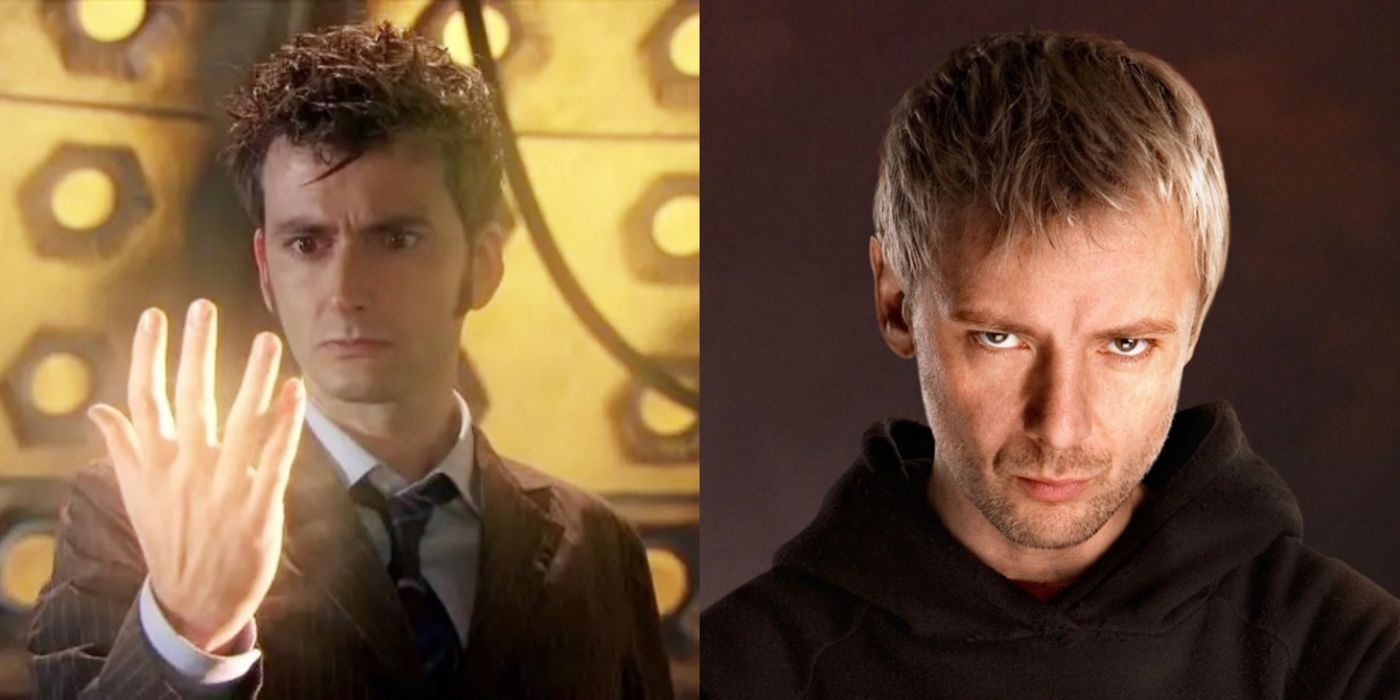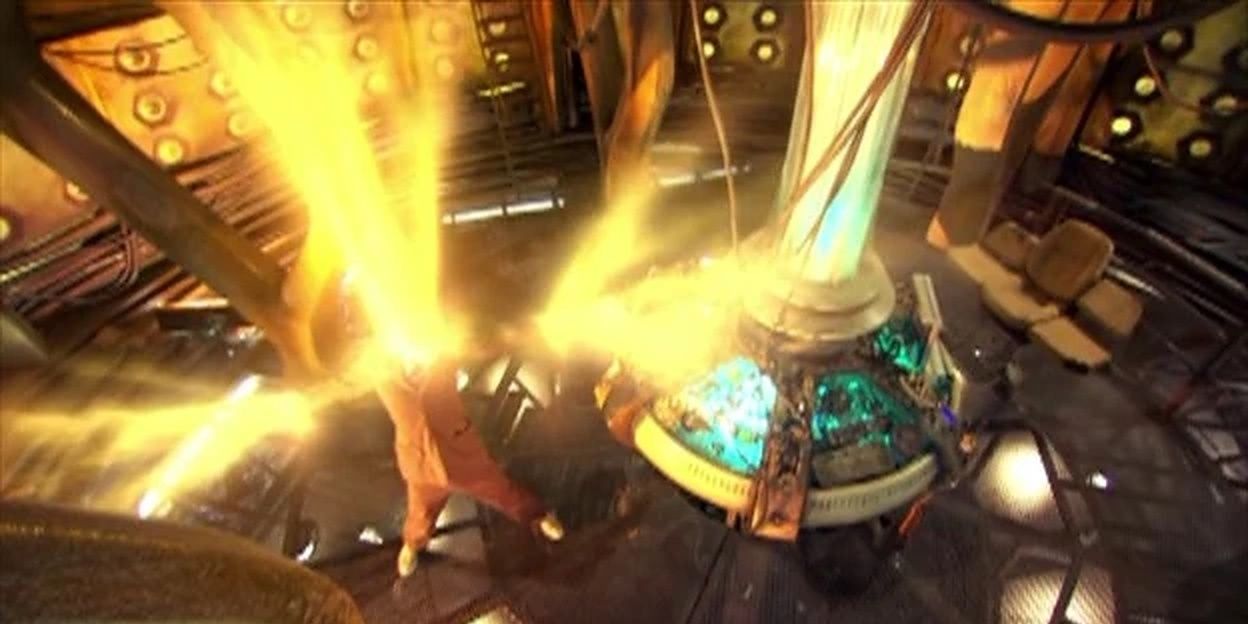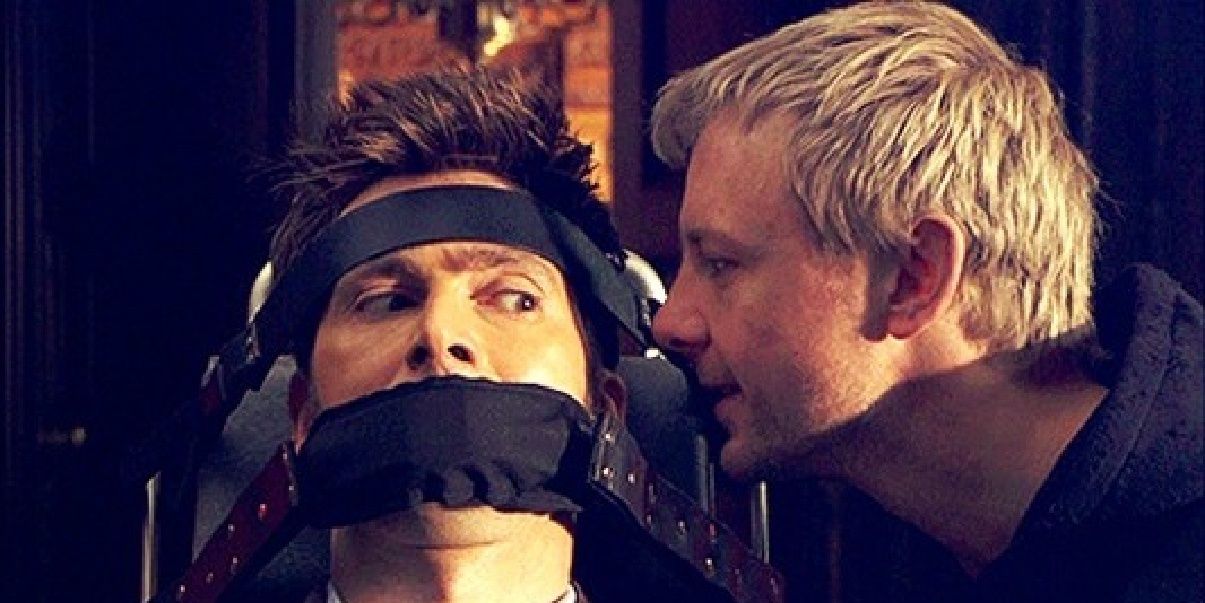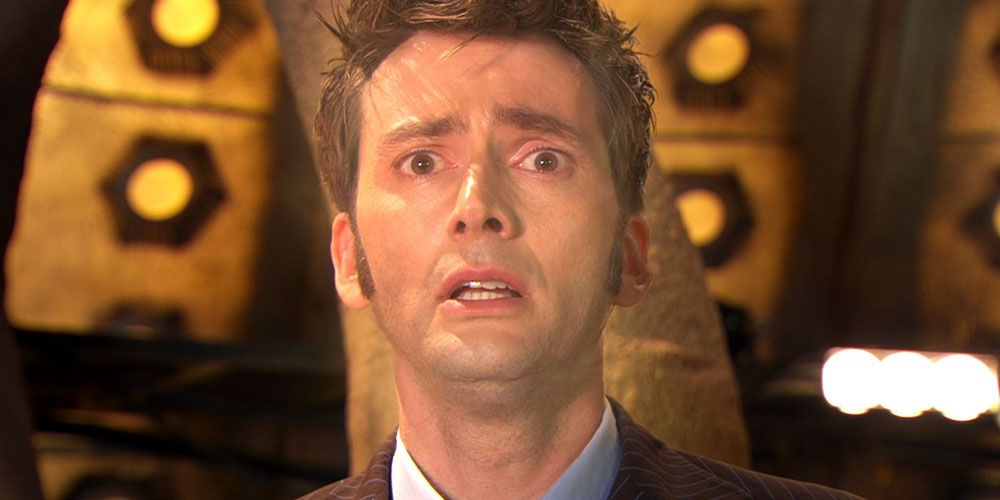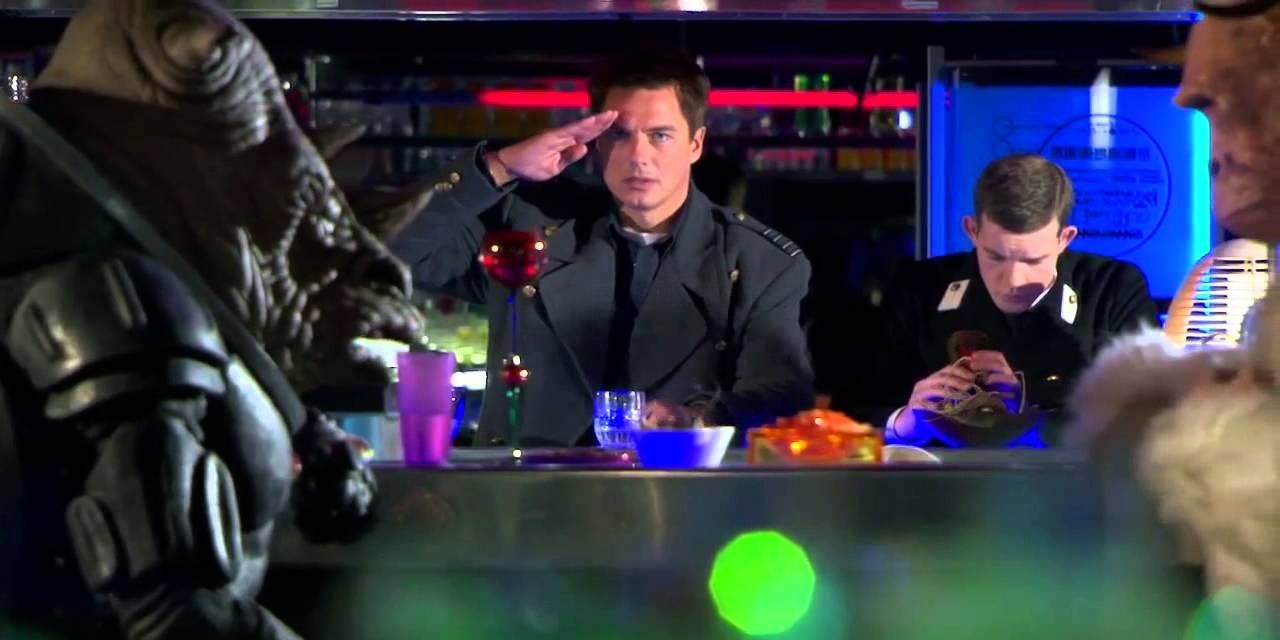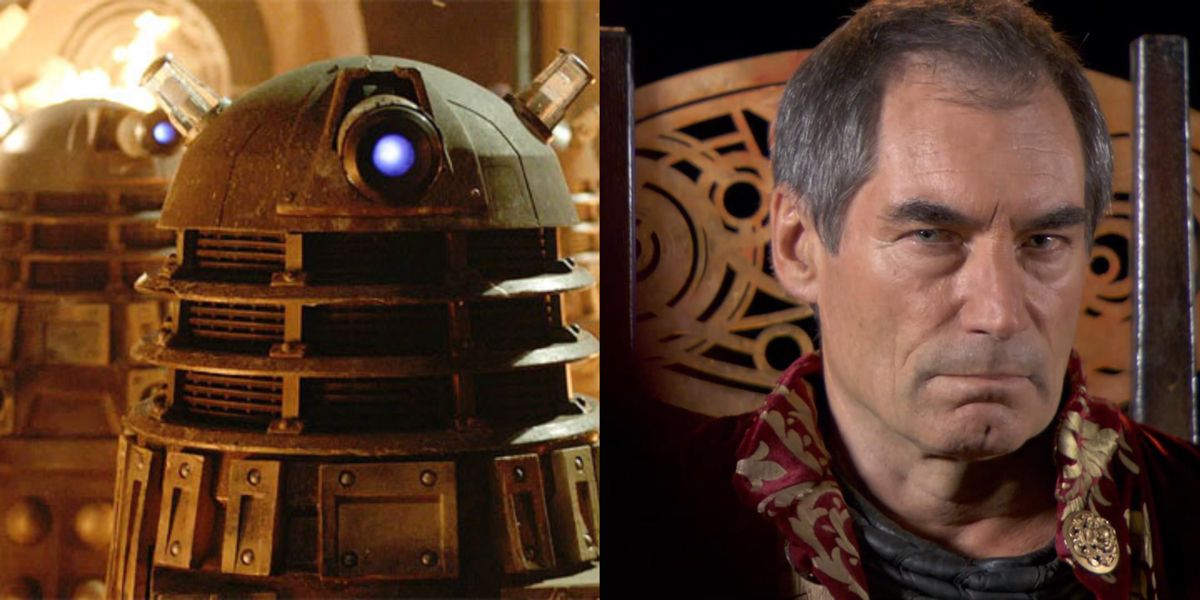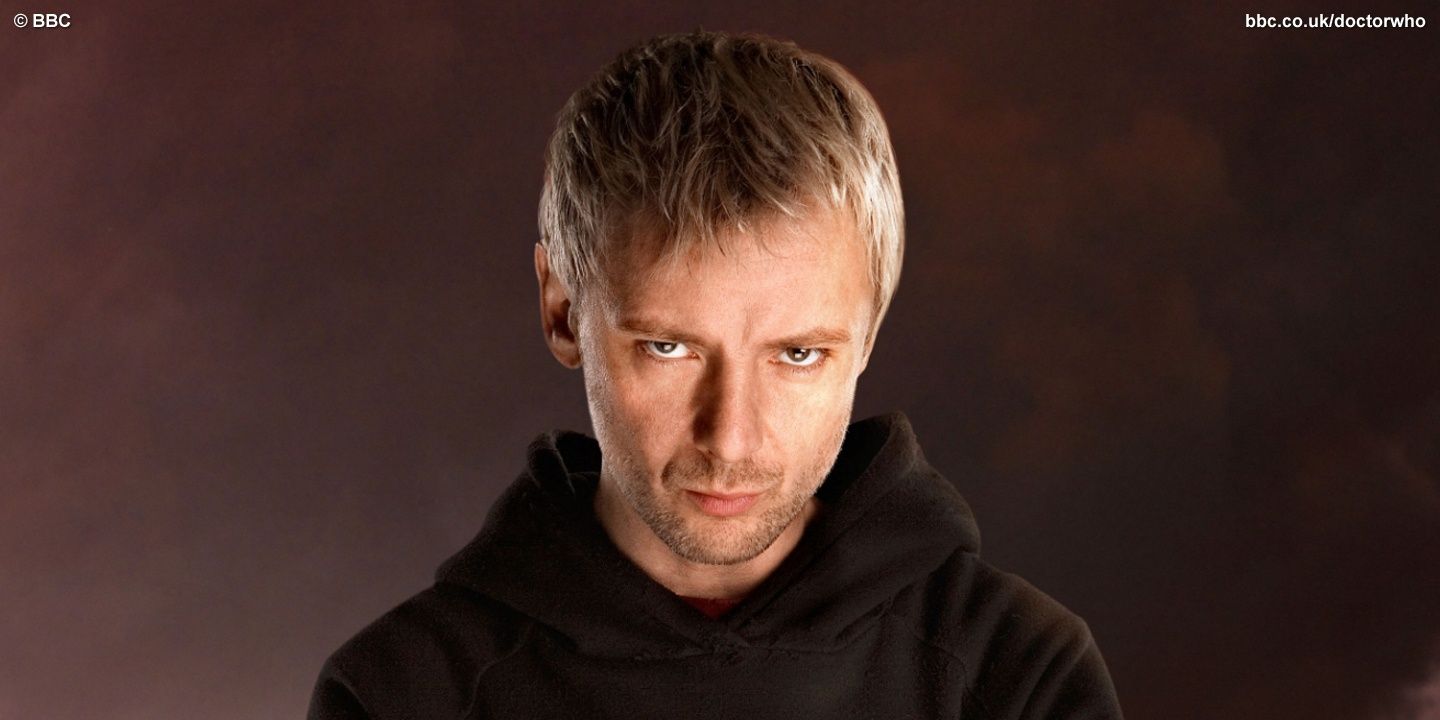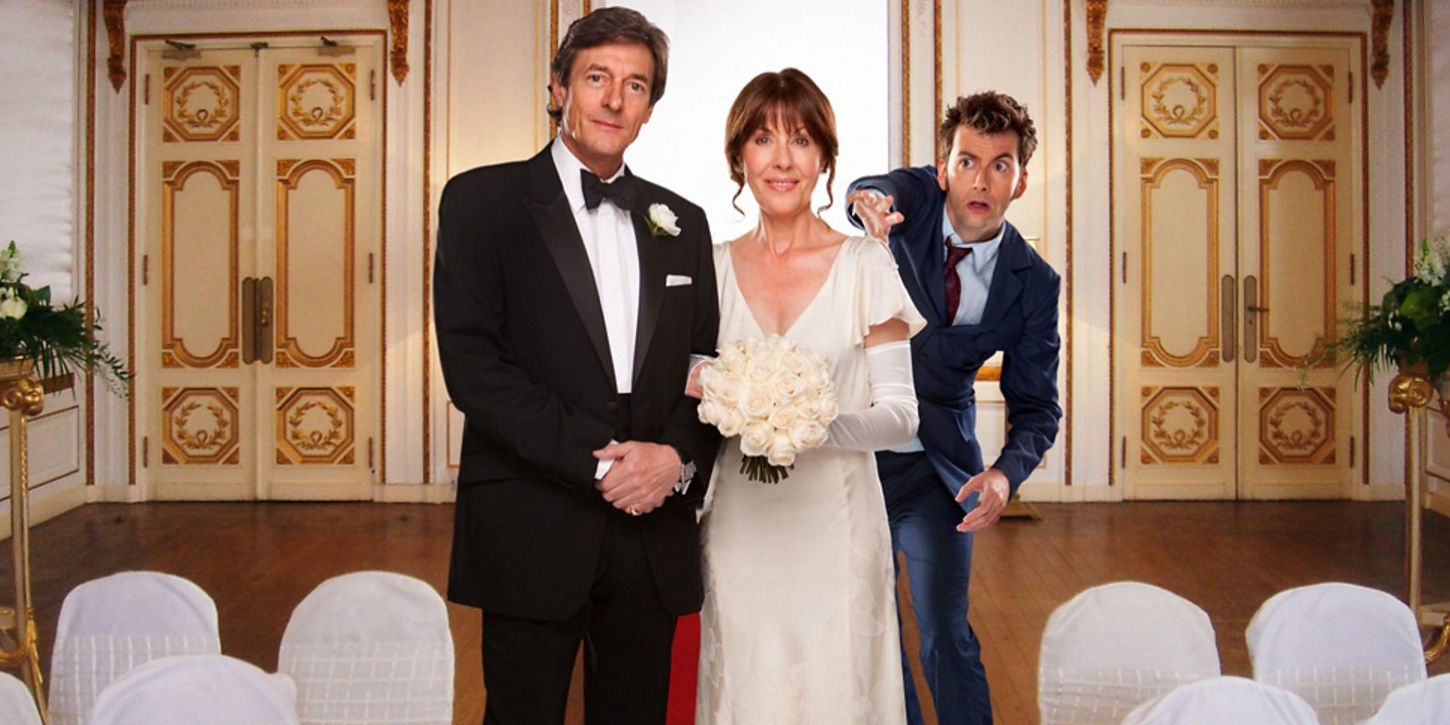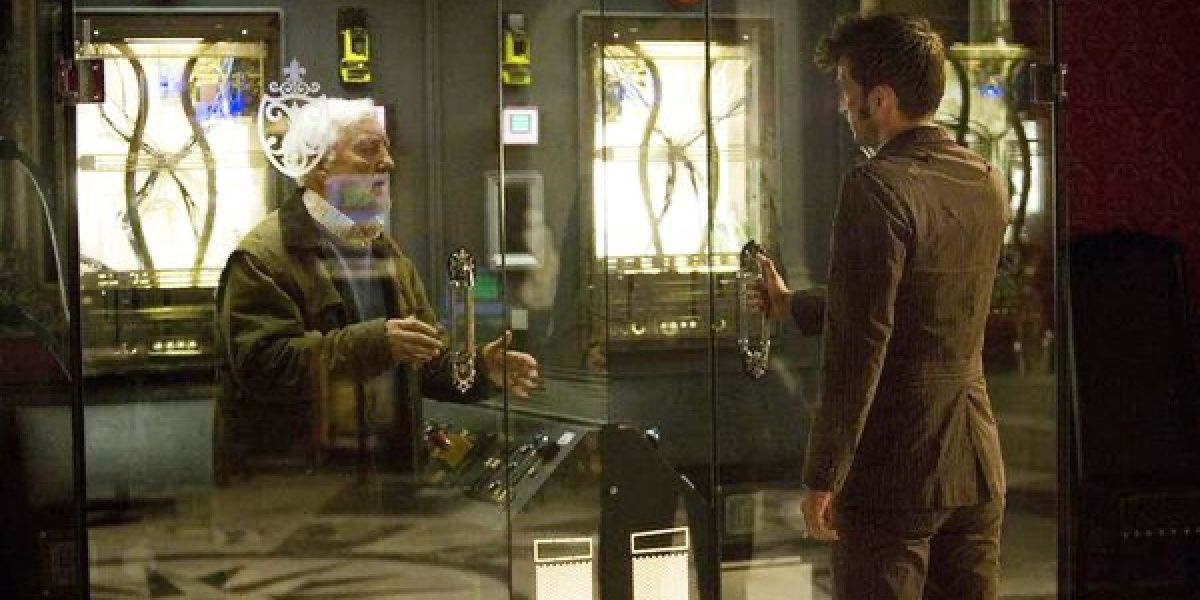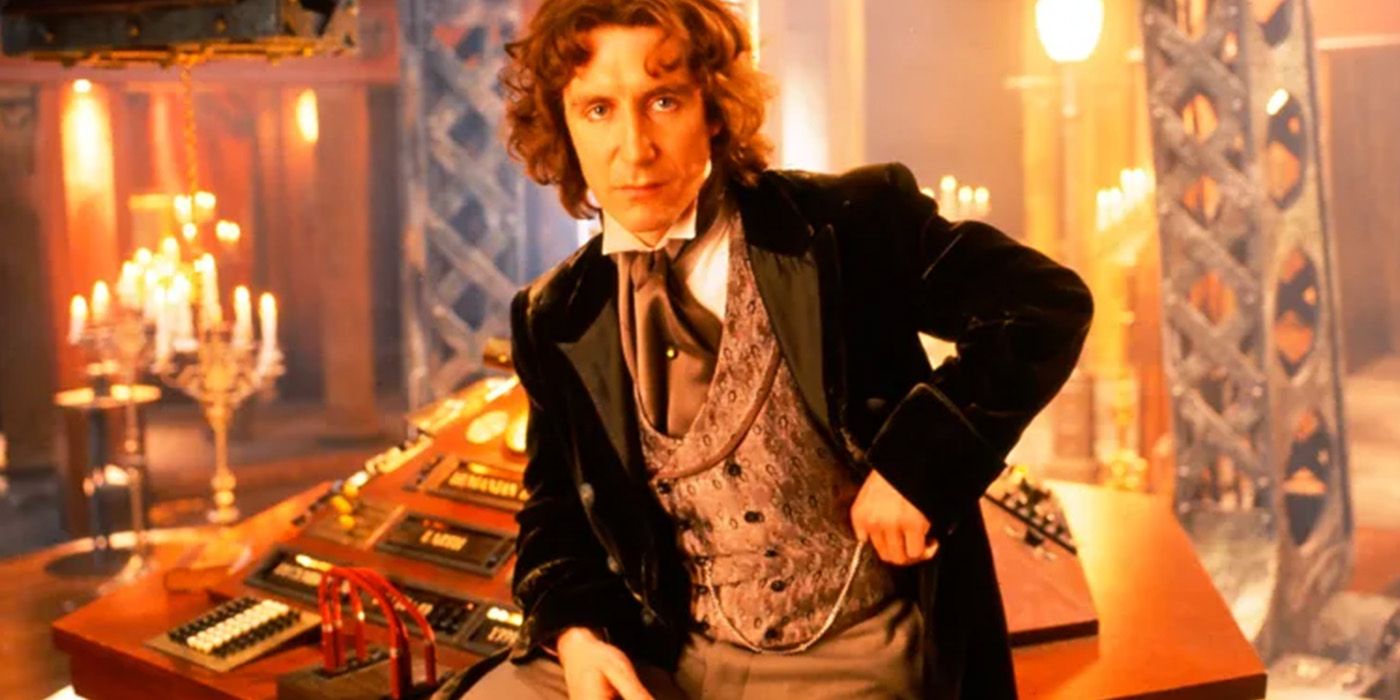David Tennant's first era as the Doctor featured some of Doctor Who's greatest episodes, with the legendary Time Lord greatly impressing viewers across his three series. Following Jodie Whittaker's shock regeneration into the Scottish actor at the end of "The Power Of The Doctor," fans are reflecting on his original regeneration episode, "The End Of Time." While fans may think they know this spectacular two-part epic, there are still many facts about this Special that may surprise even the most devoted viewers.
"The End Of Time's" behind-the-scenes production contains many fascinating details, which reflect the clear ambition of the episodes. David Tennant's final two episodes have an interesting backstage story, with Russell T Davies having considered a multitude of ideas alongside his leading star.
The Time Rotor Had To Be Rebuilt
The Tenth Doctor's explosive regeneration is a visual spectacle during "The End Of Time's" final moments, as the Time Lord regenerates into his eleventh incarnation. These fiery practical effects proved a little too effective, however, as the pyrotechnics accidentally damaged the console room's signature time rotor (via BBC News).
This unfortunate piece of destruction resulted in the BBC asking glassware company Bristol Blue Glass to provide a new time rotor for Matt Smith's debut series. Workshop manager Paul Williams stated that it was "totally by hand" with the finished time rotor eventually becoming "three-foot-long, and 20 inches wide" - making it one of the largest creations for the British sci-fi series.
The Master And The Doctor Were Meant To Swap Bodies
Body swap comedies are a staple of film and television, with movies such as Freaky Friday and Jumanji: The Next Level having utilized the concept to great comedic effect. Russell T Davies originally wanted to explore this avenue for "The End Of Time," with the writer envisioning a scenario where the Doctor and Master switch bodies (as he revealed in The Writer's Tale: The Final Chapter).
This fun concept would have delivered an especially memorable exit for David Tennant, with the Doctor and the Master suddenly finding themselves in the wrong bodies. However, Russell T Davies considered the idea to be too similar to his earlier episode "New Earth," which saw the Tenth Doctor and Rose swap bodies with Cassandra, resulting in him abandoning the narrative completely.
The Four Takes Of I Don't Want To Go
Widely considered to be the best Doctor, David Tennant's time as the Doctor sees the actor deliver a phenomenal performance in the title role. One of his best scenes comes in "The End Of Time," when he delivers his final line "I don't want to go" before regenerating into Matt Smith's Doctor, however, what fans may not know is that David Tennant recorded four wildly different variations of this iconic quote.
Revealed in Doctor Who: Confidential, David Tennant's alternate deliveries of "I don't want to go" give an interesting glimpse at what could have been, with the actor offering increasingly melodramatic depictions of his final words. Upon reflection, however, David Tennant decided these versions were "not quite in character," and opted for the more understated portrayal seen in the episode.
The Planet Zog
One of the most outstanding sequences in "The End Of Time" is the Tenth Doctor's farewell tour, which features him visiting various past friends and companions from throughout his era. The Time Lord locates his old friend Captain Jack in a lively alien bar, which Russell T Davies has confirmed on the DVD commentary to be located on the planet Zog.
This quirky name for the alien world is a neat call-back to Russell T Davies' previous comments regarding his dislike for episodes set on alien planets, where he declared to Doctor Who Magazine Special Edition 11 how "no-one cares about Zogs attacking Zogs on the planet Zog." Additionally, Russell T Davies also confirmed the bar to be located in a city named "Zaggit-Zaggoo," offering a truly exotic name for this interstellar setting.
The Time Lord/Dalek Alliance
First debuting in 1963, the Daleks are considered the Doctor's greatest foes. The scheming pepperpots were originally going to return in David Tennant's swansong, according to The Writer's Tale: The Final Chapter.
For "The End of Time's" grand narrative, Russell T Davies had planned to introduce a dangerous alliance between the Time Lords and the Daleks. However, after discovering Steven Moffat's plans to bring the Daleks back in "Victory of the Daleks," the departing showrunner decided to abandon this idea so that their later reemergence in Steven Moffat's era would leave a greater impact.
John Simm's Costume Changes
Introduced in "Utopia/The Sound of Drums/Last of the Time Lords," John Simm's Master is a delightfully chaotic take on the Doctor's nemesis. "The End Of Time" involves one of the Master's wildest plots, as he turns the entire human race into himself. This egotistical scheme became one of Doctor Who's most ambitious sequences to shoot, with John Simm changing into several costumes in front of a green screen.
For the scene set in the White House, John Simm was required to endure over 30 different costume changes (according to Doctor Who: The Complete History). This aspect of John Simm's return was shot at the Cardiff City Hall, which acted as the perfect setting for the iconic Oval Office.
The Wedding Of Sarah Jane Smith
Although "The End Of Time" may be the Tenth Doctor's last onscreen episode during his original era, it was not the last time David Tennant assumed the role behind-the-scenes, before his return in "The Day Of The Doctor." Following his regeneration story's completion, the actor portrayed the part once again for The Sarah Jane Adventures' "The Wedding Of Sarah Jane Smith" (as mentioned in Doctor Who: The Complete History), which is regarded by many to be one of the best Doctor Who spin-off stories.
Speaking to Doctor Who Magazine several times, David Tennant has shown nothing but affection for his co-star, Elizabeth Sladen. Furthermore, the actor remarked on the "emotional" nature of filming his final scenes, in a particularly revealing interview for the Guardian.
Saving Keith's Life
The Naismith Mansion's radiation chamber is instrumental in the Tenth Doctor's regeneration, with the legendary Time Lord becoming exposed to high levels of radiation as he attempts to save his friend Wilf's life. Russell T Davies's initial draft for the screenplay had him rescue someone completely different, however, according to The Writer's Tale: The Final Chapter.
In Russell T Davies's original premise, the Doctor would enter the radiation chamber to free a technician named Keith. However, the Doctor Who showrunner decided the scene would leave a greater impact if Wilf was the man in danger rather than a random civilian, with the Doctor and Wilf having struck a close bond since their initial meeting in "Voyage Of The Damned."
The Half-Human Explanation
One of the most controversial aspects of Doctor Who lore is the Eighth Doctor's insistence that he is "half-human, on my mother's side." Russell T Davies' original plans for "The End Of Time" saw him explore this concept further, with the Doctor expanding on this contentious quote.
The Writer's Tale: The Final Chapter details how Russell T Davies's initial script included the Doctor referring to his half-human nature as a "forty-eight-hour bug." However, the writer later concluded this would be too confusing for viewers who hadn't seen the TV Movie, opting instead to drop the line entirely.
Doctor Who is available to stream on HBO Max.

